How to Start a Podcast 2020: Podcasting for Beginners – YouTube
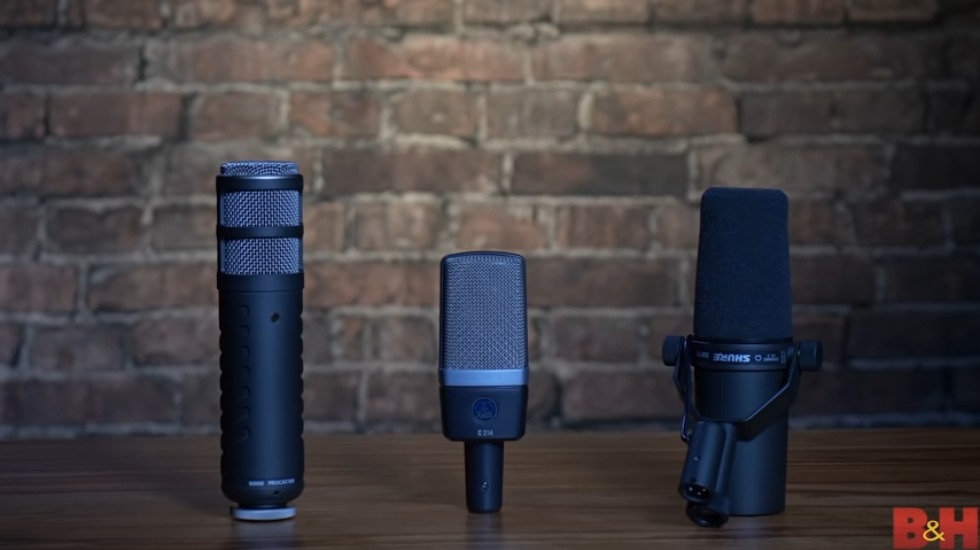
all right so you want a podcast but you don’t know how to get started this video is gonna show you just how simple it is to get your podcast going specifically we’ll look at one gear needed to set up a solo podcast to your needed to set up a podcast with two or more people three audio software for editing your podcast for quick tips and best practices for getting your podcast to sound as good as possible five how to get your podcast out to the world now one more thing while lots of podcasts do incorporate video today we’re gonna be focusing on the traditional audio only podcast so let’s get to it if you’re gonna do a podcast by yourself then you’re gonna need a few pieces of gear of all the components of any podcasting setup the microphone is the most important because it’s responsible for how your voice sounds in podcasting we know me choose between three types of mics USB mics which are digital or dynamic and condenser mics which are analog we definitely will get into the specific differences between these later but I
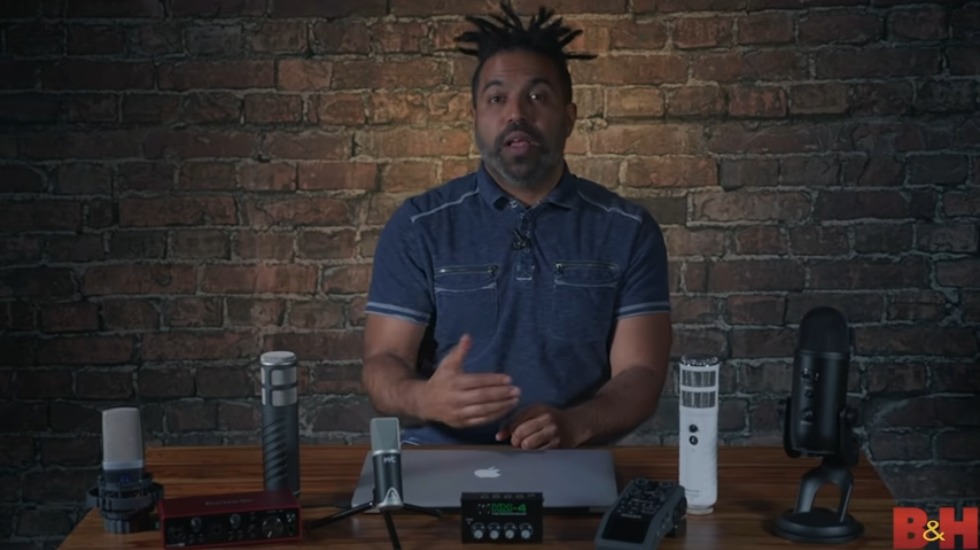
will tell you right now that if you’re in search of the easiest solo podcast set up the USB mic is the way to go and here’s why USB mics employ a simple plug-and-play approach you just plug it into your computer or your smartphone or tablet if you have the right adapters record to whichever app or software you’re using listen through your headphones and that’s it let me show you an example here I have the popular blue Yeti USB microphone and all I have to do is plug it into this computer’s USB port verify that the computer recognizes it when I open my software and I’m good to go there’s really no need for any additional gear resize headphones which makes this setup very compact when shopping for a USB mic one feature you should definitely look for is a built-in headphone jack for the volume control so you can hear yourself and adjust your level in real time having this feature on the mic itself makes monitoring your voice simple the yeti by the way also incorporates an independent microphone gain knob for adjusting the input level of your voice which is useful not surprisingly there are many other USB mic models to choose from and depending on your recording environment one type
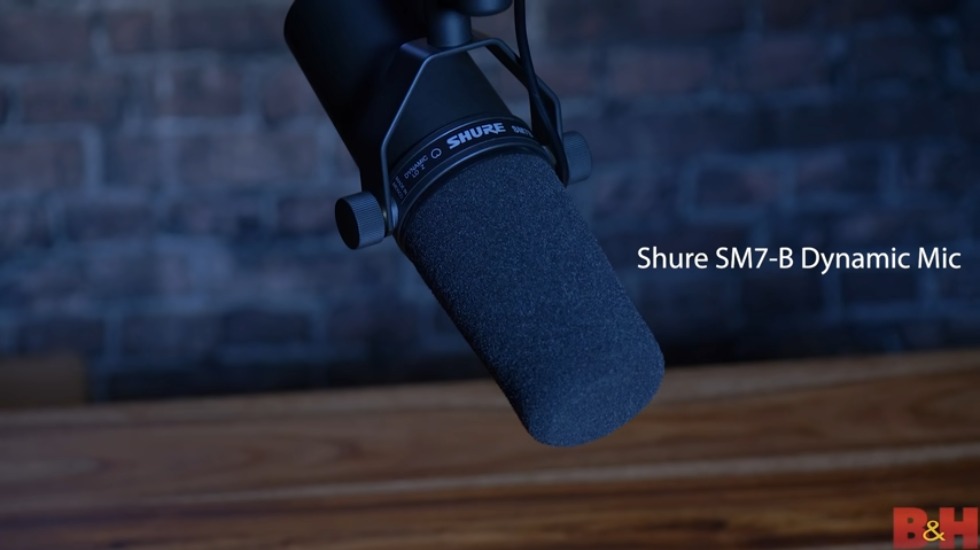
may be better than the other what I mean is the yetis are pretty sensitive mic with a side address design which means is gonna pick up a lot of sound from the room in so if you’re podcasting in a somewhat noisy environment you may want to offer something totally different like the rode podcaster USB this is a front address mic with a precise pickup range that’s gonna give you good rejection of background noise and still sound really good for your voice it looks cool too kind of makes you feel like you have your own radio show or something if you’re worried about ambient sounds making their way into your recordings the road is a solid choice when your podcast includes two or more people you should not use USB mics using more than one USB mic at the same time often causes major communication problems between the mics and the device you’re recording to instead you should choose either dynamic or condenser mics which are analog mics with professional XLR connections these mics plug into a separate device like an audio interface or a portable recorder or even a standalone podcast machine so for example here’s the popular Shore sm7b
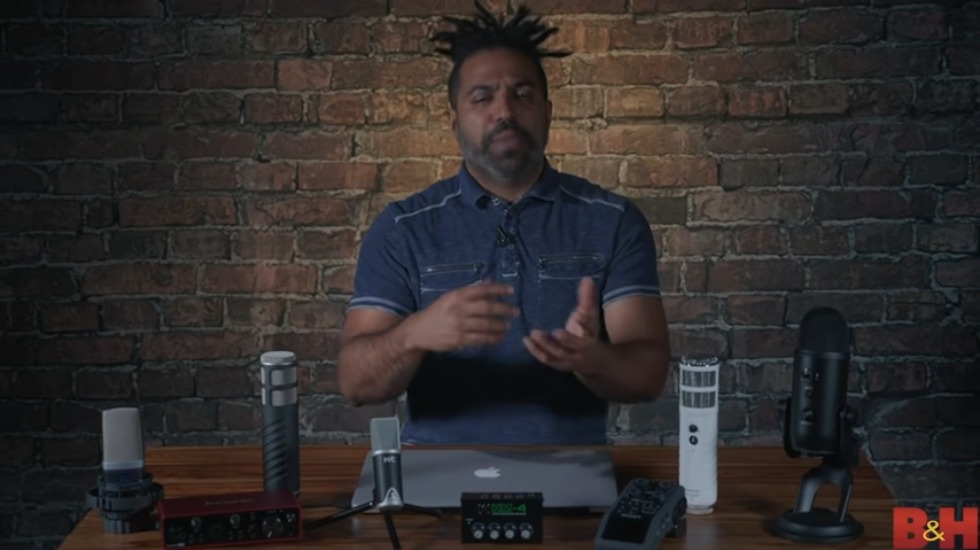
plugged into a focus right – I – scarlett audio interface which then connects to the computer so I can record an audio into my software of choice it’s a pretty simple setup actually and I’ll say that one of the things I like about audio interfaces is that they tend to have quieter cleaner preamps than other devices which allows you to capture a really high quality audio these interfaces are also often bundled with the useful software plug-ins for further editing your vocals after you’ve finished recording now I could do an almost identical setup with a condenser mic I’ve swapped out the sm7b for an AKG 214 a great sounding condenser that’s an excellent choice for vocal recording so that begs the question why choose a dynamic mic over a condenser or vice versa well there are some differences between the two that are important to know when it comes to choosing which is best for you dynamic mics are known to reject background noise very well so if you’re going to be conducting your podcast in a room there’s a lot of ambient sound or even distracting noises think a kitchen with a humming refrigerator or the neighbors noisy air conditioner then a
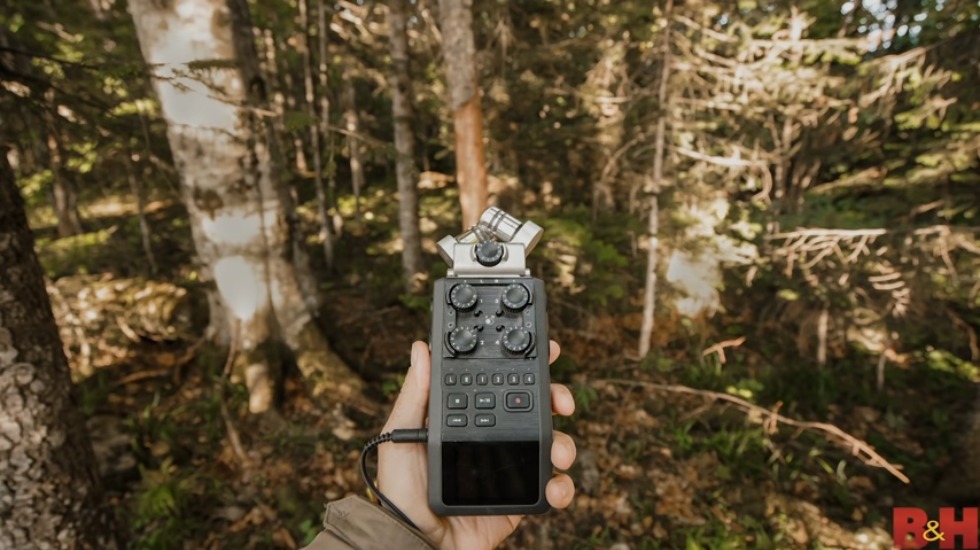
dynamic mic would be a wise choice a dynamic mic is also advantageous when you have more than one podcaster speaking as the mic is less likely to pick up much of the other person’s voice something to keep in mind is that dynamic mics require a bit more microphone technique in that you need to try and keep your mouth close to the mic to ensure consistent recording levels now condenser mics differ from dynamics a few ways the first being that they require something called phantom power or plus 48v which basically gives them enough juice to operate properly this isn’t something you really have to worry about because most good audio gear gives you the option of engaging phantom power for condenser mics with a simple flip of a switch condenser mics are also much more sensitive than dynamics so they’re well suited for quiet or professionally treated recording environments in addition to utilizing audio interfaces you can use dynamic or condenser mics to record into a separate audio recorder like this zoom h6 this is a good option if portability is important to you especially if you’re recording a podcast outside or in an area where you really need to maintain a small footprint
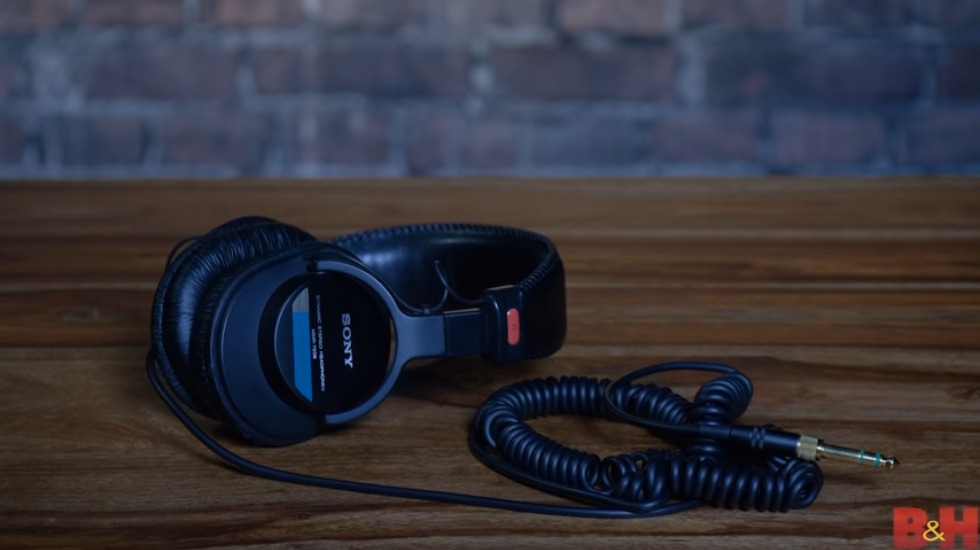
things to keep in mind though are that portable recorders tend to have less professional preamps and interfaces and they often only have one headphone output so you may need to use an external headphone amp if you have multiple people in your podcast lastly after you’ve recorded with one of these recorders you will need to transfer the audio to a computer for editing purposes alright I want to talk about standalone podcast machines for a minute companies like rode and zoom and put out gear that is specifically made to accommodate podcasts the advantage to an all-in-one podcast machine is that you have the option of recording to the device alone using it as an interface with your computer for recording to software or recording to both device and your computer simultaneously stand-alone podcast machines also have convenient features like multiple microphone inputs faders to control audio levels sound paths to add audio effects of backing music USB connectivity to interface with your computer multiple headphone outputs for podcast talent and a lot more let’s move on to podcasting accessories and talk about a few things you should have or may even need for your setup headphones you should invest in a decent
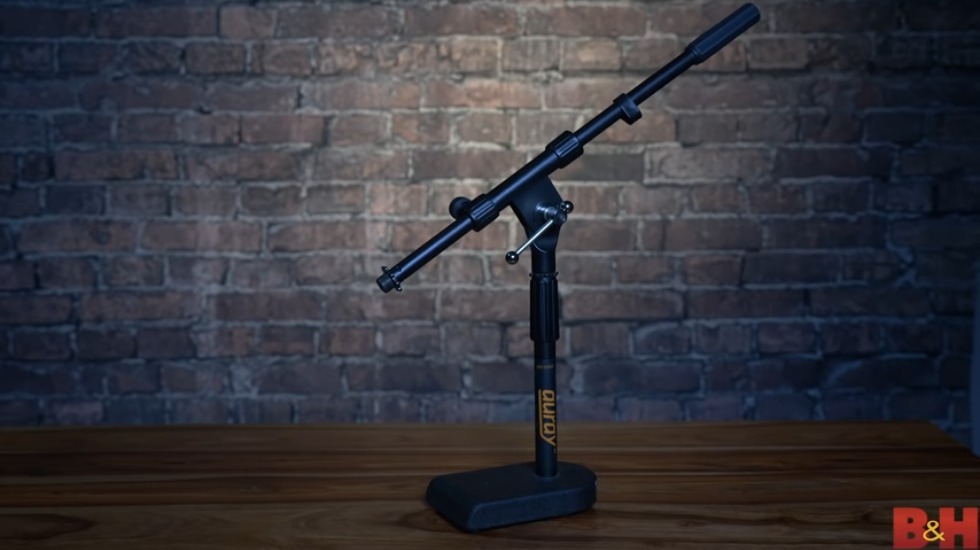
pair of over ear closed back studio headphones this type of headphone does a good job of keeping sound from leaking out it tends to be comfortable for long hours of use most importantly studio headphones are more accurate and reproducing sound so you can hear what things really sound like when you’re talking you don’t have to buy anything crazy or expensive models like audio Technica’s ATH m20x or m30 X are good examples of affordable quality headphones for podcasting and there are a whole lot more out there if you have more than one person participating in your podcast but your gear only provides a one headphone output then you’ll need a headphone so everyone can hear what’s going on this Mackey hm4 is just one of many examples out there it would be a good solution for providing multiple headphone outs to your talent your podcast audio suffers from closes you know those hard consonant sounds like peas and C’s and T’s a pop filter will solve that issue some models only cost about 10 bucks and they’re definitely worth the investment depending on how you have your gear set up you’ll either want a weighted tabletop stand or a boom
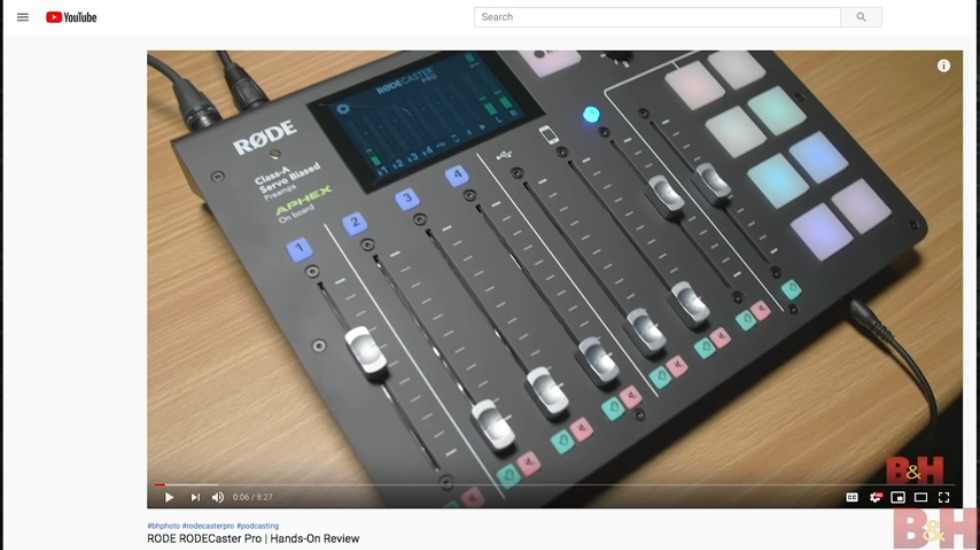
arm choose whichever is the most comfortable for you one isn’t better than the other a quick note on incorporating phone calls into your podcast if you plan on recording calls for your show then you want to make sure that your podcast setup is equipped to handle these calls if you can try to get gear that has a mixed – function which enables you to integrate phone calls into your show clearly and without that annoying echo and feedback you sometimes hear interfaces like focusrite scarlett 4i for mark 3 feature mix – so – zooms l8 recorder in terms of how you connect your phone tear devices some allow for calls via bluetooth whereas others only provide analog connections through a mini jack when using a computer to handle and record your calls VoIP or voice over Internet Protocol applications like Skype and Google Hangouts have built-in features that let you record your phone calls you can even use iOS and Android apps to record phone calls directly to your smart phone or tablet to see how we handle phone calls for podcasting check out links in the description to our videos on focus writes for I four zooms l8 and Rhodes Road castor Pro when it
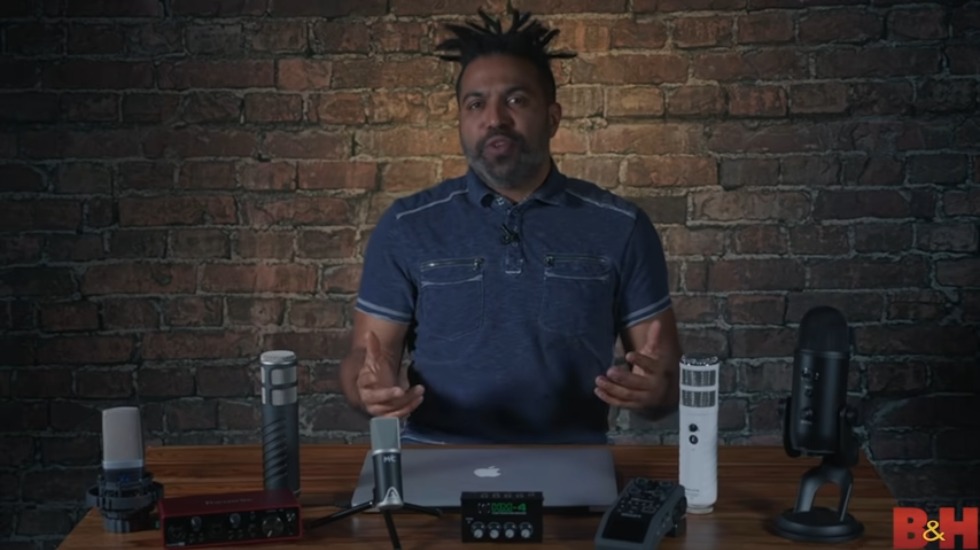
comes to editing your podcast you will need to use a computer and audio editing software let’s quickly highlight a few to show you the differences between them audacity this is a super popular software it’s mac and windows compatible and best of all it is free you can make precise edits export your audio in various formats import audio into your production pretty much whatever you want to do it’s also open source which means that the user community is constantly adding support to improve the program GarageBand if you’re a Mac user you should have gotten a free version of GarageBand that came with your computer this software allows you to record audio and MIDI and do basic editing and it’s really a more simplified less professional version of Apple’s logic but it’s certainly more than capable of letting you edit a podcast avid Pro Tools this is pretty much is considered the most professional software for recording audio and it has way more features than you’ll ever need keep in mind that Pro Tools runs on a subscription model so you’re gonna have to purchase the software then renew annually this is something to consider when you think about budgeting for your podcast setup at this point you’re ready
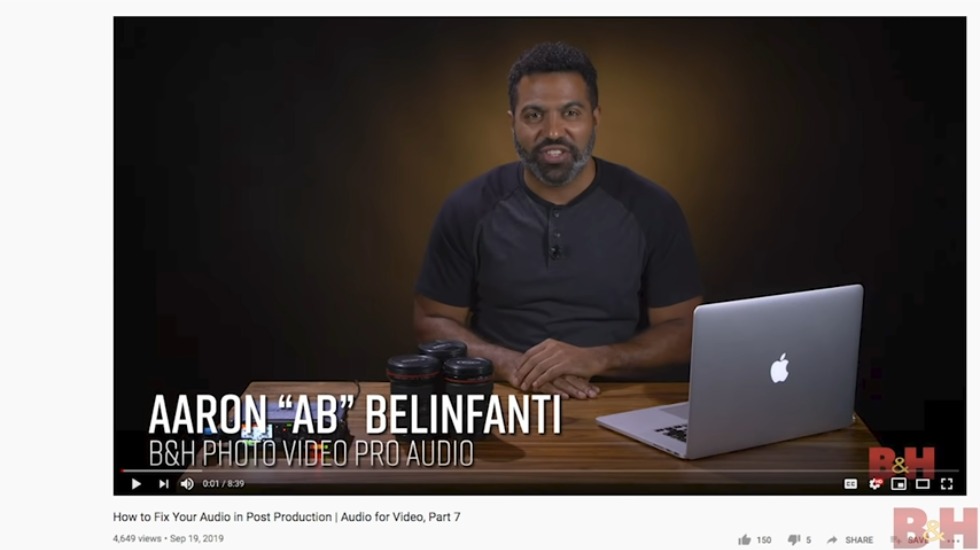
to record an edit your podcast so let’s go over some basic tips for recording great audio 1 choose good equipment that suits your needs and fits your budget to choose an environment that is as quiet as possible 3 use acoustic treatment to tighten the sound of your room if you hear a lot of echoes or sound bouncing off the walls try something like a rug or curtains in the room even acoustic foam to get rid of those issues 4 use good mic technique to ensure consistent recording levels 5 use a pop filter to prevent those closest we talked about earlier 6 set your mic gain so that your incoming level is roughly between 1/2 and 3/4 on the meter this will help prevent clipping and distortion in your audio and 7 this is pretty obvious but check everyone’s headphone levels before you press record now once you’re done recording it’s time to edit and there are some techniques you can employ to make your audio sound as good as possible for the purposes of this video I’m only gonna list some suggestive techniques however you should check out our video titled how to fix your audio in post-production which is linked in
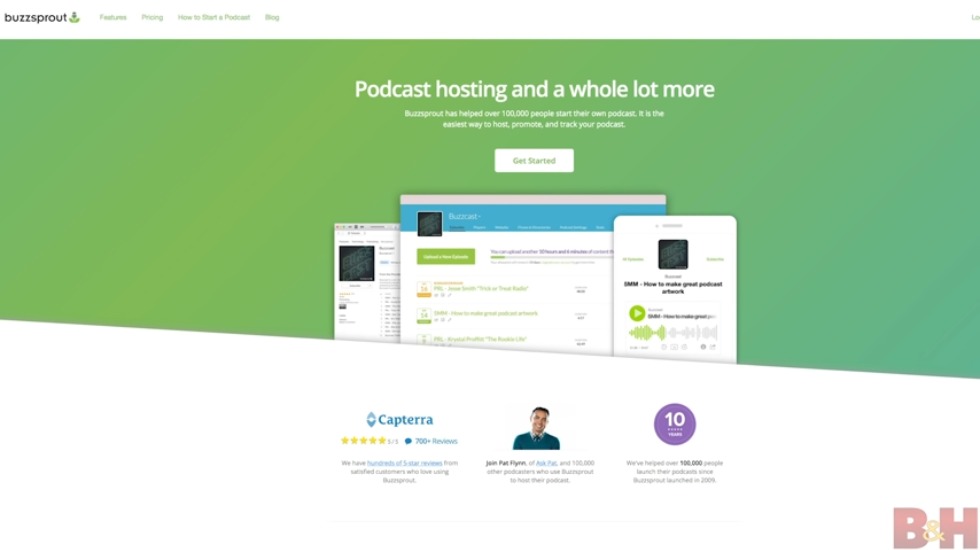
the description below here we go 1 cut out unwanted audio from your recording pretty obvious to normalize your tracks to get your audio sitting at the same relative level 3 use EQ on your voice to enhance good sounds and remove harsh sounds see the link in the description to check out our video on how to use a parametric EQ to shape your sound for use a compressor to tame loud spikes in your audio 5 use a limiter on the overall mix to adhere to the loudness standards 6 use music in your intro outro and wherever else you want to provide a soundtrack to your show sites like the wolf music calm audio blocks epidemic sound and others all have subscription-based content that you can use of course if you’re a musician you can produce your own soundtracks for free once your podcast is ready to go how do you get it out there the first step is to choose a host site which is where all of your podcast episodes are gonna live popular podcast hosts are bus
captivate pot beam cymbal cast and a whole bunch more for every podcast episode you create the host will provide a syndicated feed to platforms that actually play your podcasts such as iTunes stitcher Spotify SoundCloud and others many hosting sites offer free trials so give them a whirl to decide which one suits your purposes and that’s it as you can see it doesn’t take a whole lot to get a podcast up and running and since podcasting is still the fastest growing audio medium available there is no better time than now to start your own show this is a bee from B&H thanks so much for watching and I’ll see you next time so you want a podcast but you don’t know how to sit I’m having a drink as soon as the six o’clock kids
source: https://youtu.be/NUmdoFDtpQg
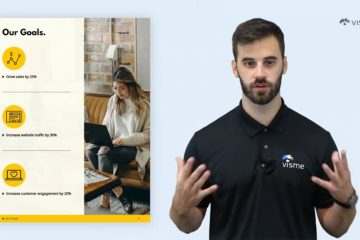

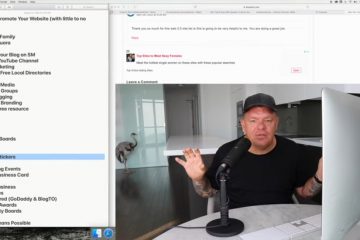
0 Comments